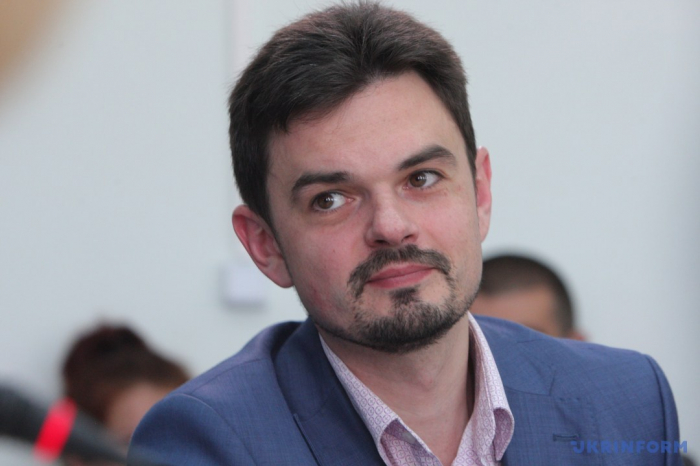‘So far, I am only aware of discussions on legislative regulation of AI in the USA. In other countries it is still just an industrial field, mainly initiated by businesses, integrated into systematic processes of these businesses with only an ethical code’, says Dmytro Zolotukhin, former advisor to the Minister of Information Policy of Ukraine, an expert at the Institute of Post-Information Society, while commenting on ways to combat AI-caused disinformation threats to AzVision.az. He says, this technology can, in fact, play a key part in filtering information.
‘In other words, it is nothing more than a last-minute attempt to determine what is normal and what is not while employing AI. We, in Ukraine, have been working on models to automate the detection and recognition of fakes since 2018. AI could facilitate it greatly. The phenomenon of disinformation can disappear altogether if we finance and build a sufficiently transparent and ethical mechanism through using AI. But then it turns into a political matter, as politicians will never give a robot the right to sort things as ‘good’ or ‘bad’. Therefore, so far AI is used mainly to do harm’, Zolotukhin says.
The expert further explains that such ‘harmful activity’ is mainly carried out on social networks, for instance, through creating fake accounts (bots) and spreading elements of propaganda in comments and tweets.
‘This is mostly top-quality and automated content generated in the native languages of target individuals, groups or countries. There is no longer any need to pay bot farms and control how many comments they have written a day. The AI can do it automatically in any language for any audience’, he goes on.
In conclusion, Zolotukhin spoke of deepfakes (images, videos, or audio which are edited or generated using artificial intelligence tools, and which may depict real or non-existent people, especially of celebrities and politicians). He thinks, the field does not yet pose a serious threat, but it is gathering pace gradually.
More about:
















































